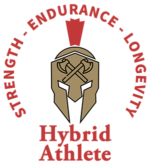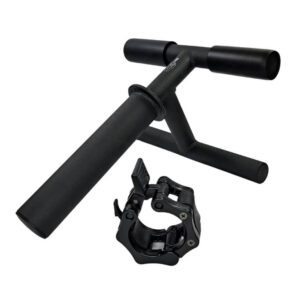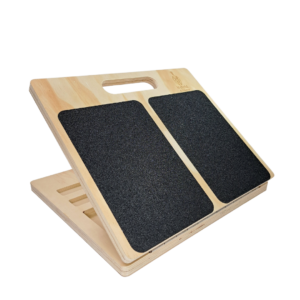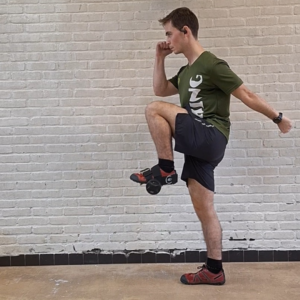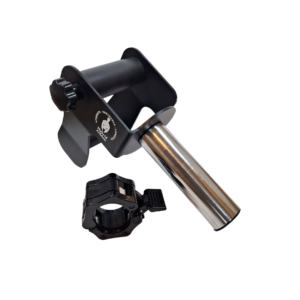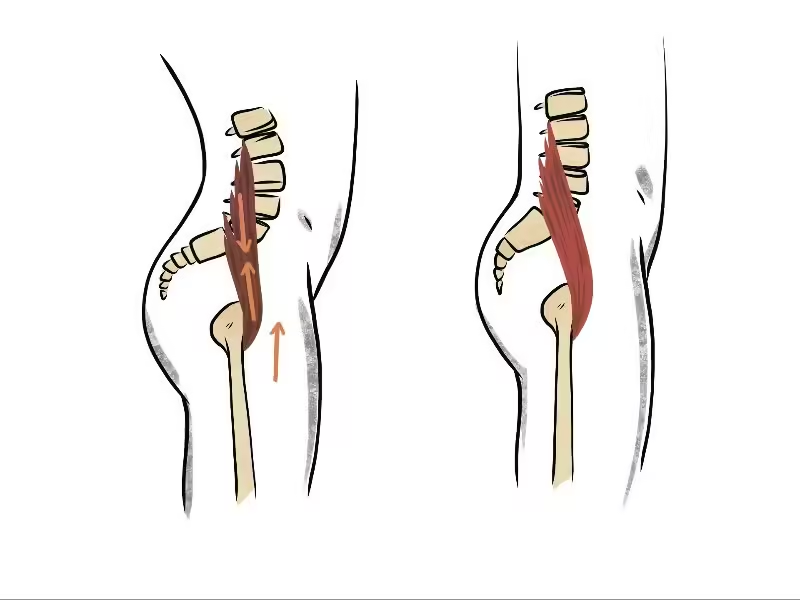
Anterior pelvic tilt, aka lumbar hyperlordosis, is a condition that affects more and more athletes. Although this lumbar deviation can be caused by more than a few factors, nowadays, the sedentary office lifestyle is the main culprit.
So, is there a way to fix anterior pelvic tilt, and can the knees over toes training approach be of any help?
Let’s talk.
Table of Contents
What is the Anterior Pelvic Tilt?
As the name anterior pelvic tilt suggests, it’s a forward tilt of the pelvis, as a default position while standing. Now, as with everything in biomechanics, this sort of deviation causes a long chain of postural and mechanical issues.
The tilt of the pelvis causes an abdomen protrusion forward, and increased lordosis of the lumbar spine. Hence the name lumbar hyperlordosis.
People who have this condition often suffer from lower back pain, their stomachs bulge easily, and their posture gets worse if APT isn’t addressed.
Athletes, on the other hand, have issues with muscle activation, especially during hinging motions. Additionally, the APT doesn’t allow for a balanced and synced muscle activation, which often leaves parts of the core inactive during compound exercises. This, by extension leads to all sorts of injuries.
Lastly, through the desync of the body’s movement system, the running gait also tends to suffer, which leads to disproportionate stress on the feet, knees, or hips.

Anterior pelvic tilt common causes
Besides genetics and congenital biomechanic conditions, the anterior pelvic tilt is caused by shortened and tight hip flexors and weak hip extensors.
Hip flexors connect the femur to the pelvis and lower torso from the front side, while we can find hip extensors on the posterior side in the form of glutes and hamstrings.
To meet these conditions is easier than one might think. All you need is a routine that consists of daily prolonged sitting sessions. A sedentary lifestyle, like office work, vastly increases the risk of developing anterior pelvic tilt.
The best thing to prevent this is to, well, change your habits. If you sit a lot during the day, make it a habit to stand up every 45 minutes or so and stretch your body, with extra focus on the hips, knees, and ankles.
But, if you already developed APT, fear not – there are things you can do straight away to tackle the issue, and (with some patience) resolve it.
How Knees Over Toes Can Help with APT and Lumbar Hyperlordosis?
Knees over toes exercises are all about using your lower-body joints to achieve the maximum efficient range of motion. Being strong in the stretched position (aka mobility) promotes joint health and prevents injuries. By exercising to get strong in the stretched position, especially when it comes to the hips, you get to address the anterior pelvic tilt as well.
It’s all in the ankle-knee-hip chain. And healthy hips are the key to eliminating anterior pelvic tilting.
Exercises to help you with Anterior Pelvic Tilt
KOT (aka ATG) Split Squat
This one may be a bit counter-intuitive when it comes to hip flexors. However, if you look closely at the KOT split squat, the non-working leg is doing a lot of hip work. Hip flexors play the stabilizing role and get lengthened to their ROM, making them stronger. Think of it as an upgraded warrior pose.
If this split squat variation is too challenging for you, check out our guide on split squats, and start from a comfy place.
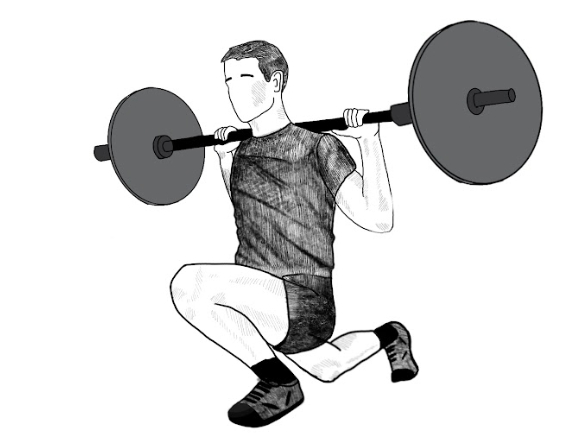
Seated Good Mornings
Seated good mornings are another staple of Knees Over Toes programs. They strengthen the hip extensors (i.e. the posterior chain), and are a great tool to bulletproof your lower back.
You will need a sturdy bench to sit on. Although a chair can do the trick.
Here’s how to do a seated good morning:
- Sit on a bench with your feet flat on the floor
- Make sure your knees are behind your toes. You can extend your knee slightly over 90° to achieve this
- Put the barbell on your back (low-bar squat position) while sitting straight
- With you back in a neutral position, and your core active, engage the hinge, aka lean forward
- Once you reach your range of motion, go back by squeezing your glutes and pushing through your heels
Step-ups and reverse step-ups
At Hybrid Athlete, we are big fans of step-ups and reverse step-ups. Despite their reputation of being a rehab tool, step-ups provide a great way to strengthen your hip flexors, bulletproof your knees, and enhance your ankle mobility (mostly dorsiflexion).
If you’re a beginner, you can start with the Patrick step, which is the least challenging. Progress your way to a Poliquin step (with a slant board, of course), and top it off with Petersen step-ups.
The whole Patrick, Poliquin, Petersen progression works wonders on the hips, since you have to keep squared, thus developing the flexors properly.
This progression is also a nice gateway to a full pistol squat, but that’s a story for another time.
In conclusion - It’s not all genetic and you have a say in it
Getting rid of the anterior pelvic tilt, or at least diminishing its range, comes with a plethora of benefits. Less back pain, smoother running gait, better squat mechanics (say goodbye to but wink), and many more.
All in all, if you notice your lower back arching a bit too much while you’re standing, you should consider working on your hip flexors, knees, and ankles. And there’s no better way to tackle that than a solid knees-over-toes program.
Get the best injury-prevention exercise equipment here:
GET THE BEST INJURY-PREVENTION TRAINING EQUIPMENT:
Above all, a storyteller. Then comes marketing, branding, writing music, powerlifting, and woodworking.
